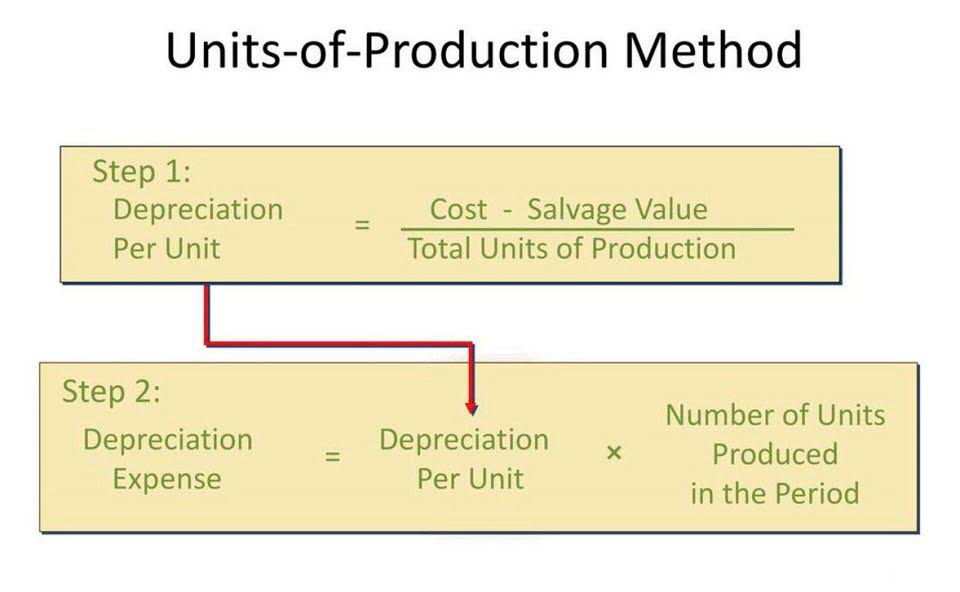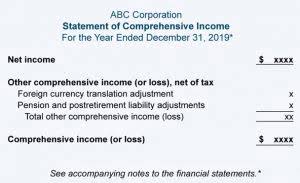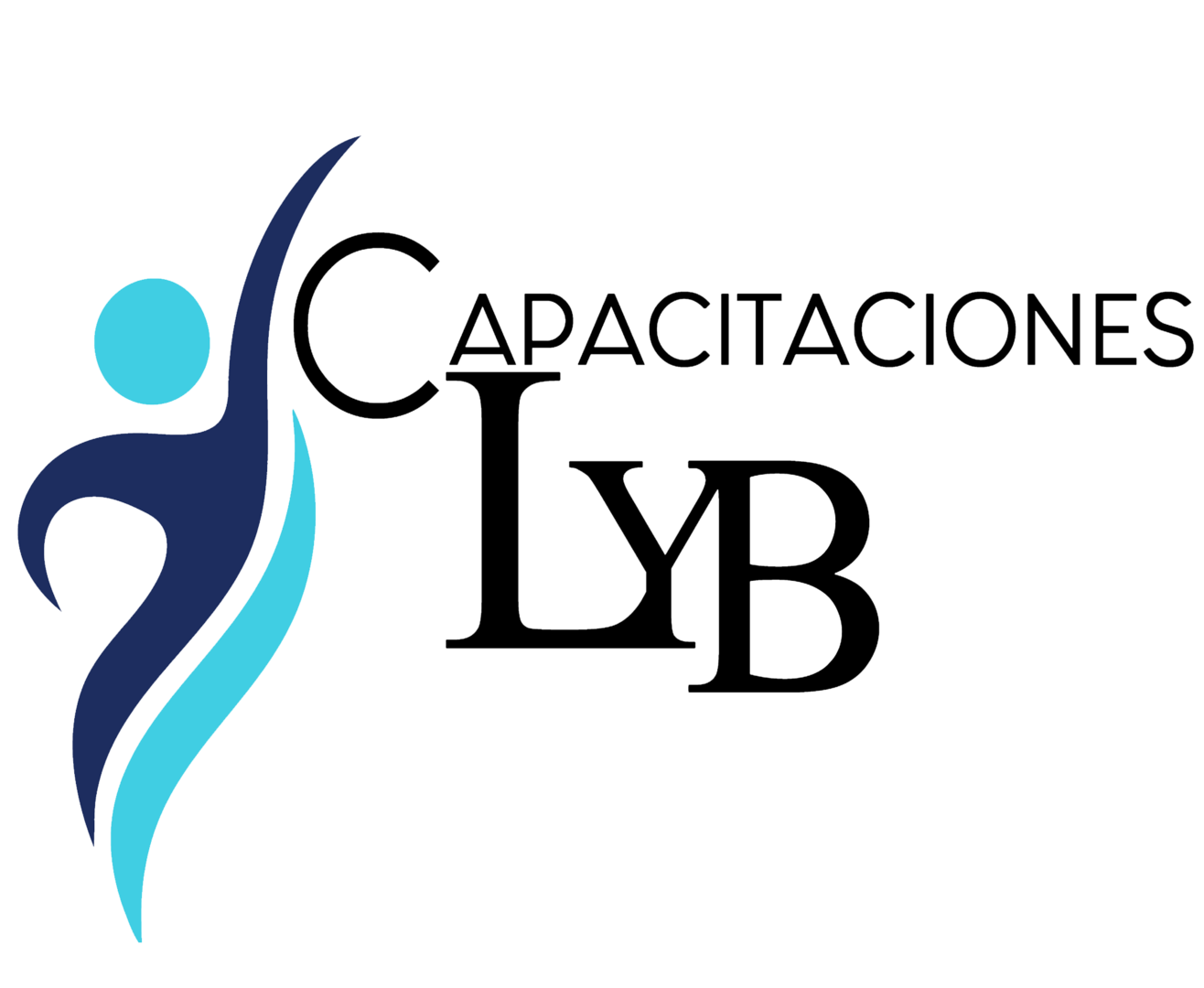
The tax is calculated by multiplying your earnings from self-employment by approximately 15%. You must fill out these forms correctly and follow all the due dates. Remember that your business structure can also affect the amount of taxes you pay. This guide can help you understand the basics of self-employment tax, but you will need to dig deeper into the law to understand which requirements apply to you. Even though these calculations can help you do your taxes independently, remember that you could be penalized if you do not do this accurately. Remember that you can hire a professional to ensure that you meet all the requirements that apply to you.
What’s the best way to file your self-employment taxes?
This is shown on Joe’s Schedule C. Joe then completes Schedule SE to calculate self-employment tax. On the Schedule SE, he’ll take $10,000 x .9235, which equals $9,235. Managing self-employment tax can be tricky, but there are many resources and tools available to help. It’s important to keep track of these dates to avoid any surprises. We focus on aligning your mission with financial strategies to achieve your company’s objectives. to calculate the taxpayers net earnings from self-employment, 92.35% is multiplied by: In his personal and professional life, Doug Landau is a pacesetter.
Deductions to Reduce Taxable Income
If you earn more than this, you won’t pay Social Security tax on the excess. If you want payroll so powerful it runs itself, you want Rippling. Rippling offers full-service payroll with everything we’ve discussed in this article so far, plus even more—it’s built on top of a single source of truth for employee data.
- Being self-employed offers the flexibility of being your own boss, but it also comes with managing your own taxes.
- This deduction doesn’t affect your net earnings or self-employment tax but can reduce your income tax liability.
- Below are some pointers on how to avoid or reduce your self-employment tax.
- If you’re a freelancer, small business owner, or gig worker, you must understand self-employment tax in managing your finances.
- At the same time, the employer also pays both taxes, calculated at the same rate.
- At Taxfyle, we connect small businesses with licensed, experienced CPAs or EAs in the US.
Self-employment taxes in a nutshell
(This limit is updated annually. The figure here is for 2024.) The 2.9% Medicare tax, however, does not have a limit. To pay your self-employment tax, use IRS Direct Pay, EFTPS.gov, or mail Form 1040-ES. If you don’t make quarterly estimated tax payments, you could face tax penalties and interest charges. If you expect to owe $1,000 or more, the IRS requires you to make quarterly estimated tax payments to cover your self-employment tax for the year.

Reporting and Paying Self-Employment Taxes

Failure to Certified Public Accountant make these payments can result in IRS penalties and interest on unpaid taxes. If your net earnings exceed $200,000 (single filers) or $250,000 (married filing jointly), you may also owe an Additional Medicare Tax of 0.9% on income above those thresholds. Increase your desired income on your desired schedule by using Taxfyle’s platform to pick up tax filing, consultation, and bookkeeping jobs.
Half Self-Employment Tax Deduction

Some examples of deductible expenses include costs for advertising, office supplies, rent, utilities, and insurance among others. You can then deduct half of your SE tax ($3,532.50) from your taxable income when filing your income tax return. For high earners, there is an additional Medicare tax that applies. This tax kicks in when an individual’s income exceeds certain thresholds. For example, if a single filer earns more than $200,000, they will owe an extra 0.9% on the income above that limit.
You calculate this deduction on Schedule SE (attach Schedule 1 (Form 1040), Additional Income and Adjustments to Income PDF). The Social Security Administration uses the information from Schedule SE HVAC Bookkeeping to compute your benefits under the Social Security program. The law sets the self-employment tax rate as a percentage of your net earnings from self-employment. This rate consists of 12.4% for Social Security and 2.9% for Medicare taxes.
It’s also important to note that if you’re self-employed, you may have to file estimated taxes quarterly in order to avoid penalties from the IRS. Self-employed workers aren’t subject to tax withholding, so making quarterly estimated tax payments helps ensure that all self-employment and income tax obligations are still being met. An additional Medicare tax of 0.9% also applies to taxpayers with incomes exceeding $200,000, or $250,000 for a joint return ($125,000 for taxpayers filing separately). The 2.9% rate applies to all earned income; the 0.9% applies to income above the threshold amount. Only the employee pays the 0.9% tax — there is no employer contribution — so the self-employed also only pay the 0.9%. For these taxpayers, investment income is also subject to an additional Medicare surtax of 3.8%.



